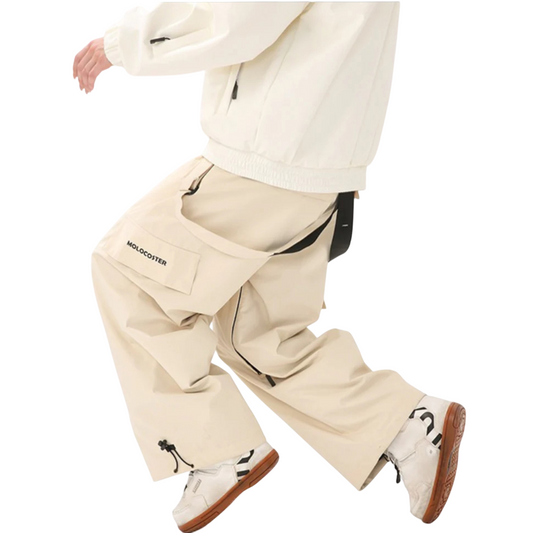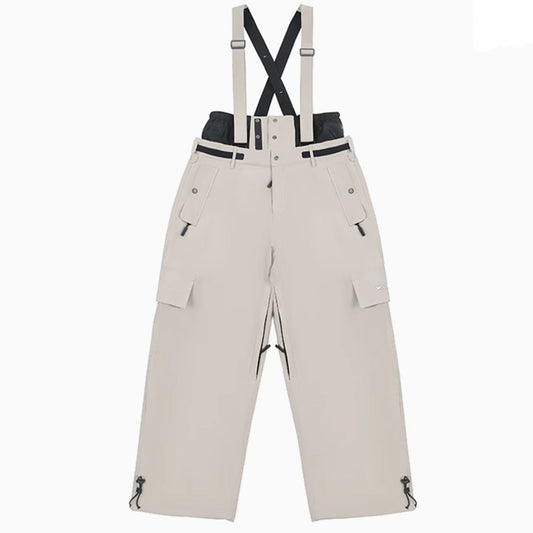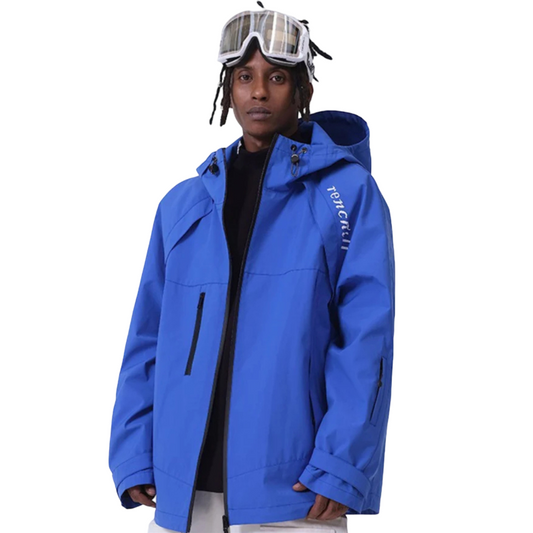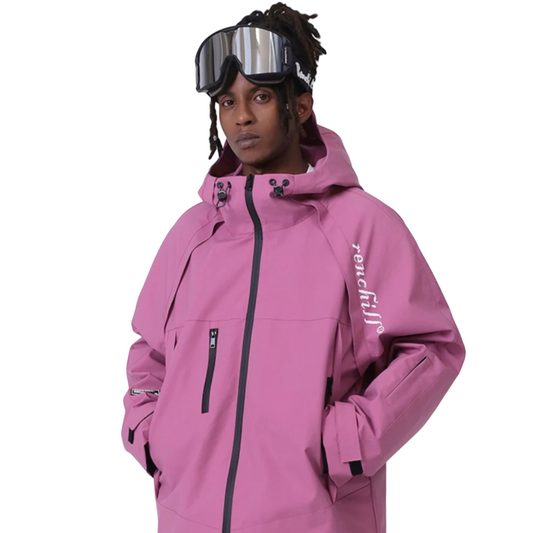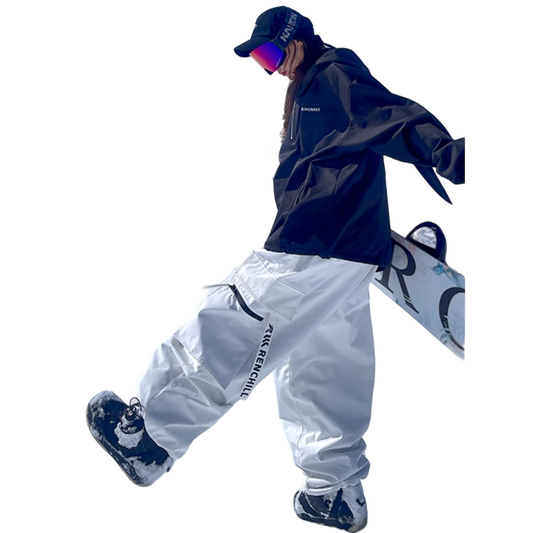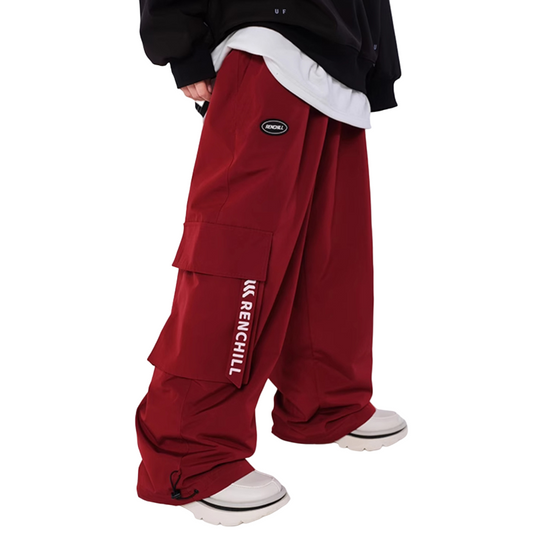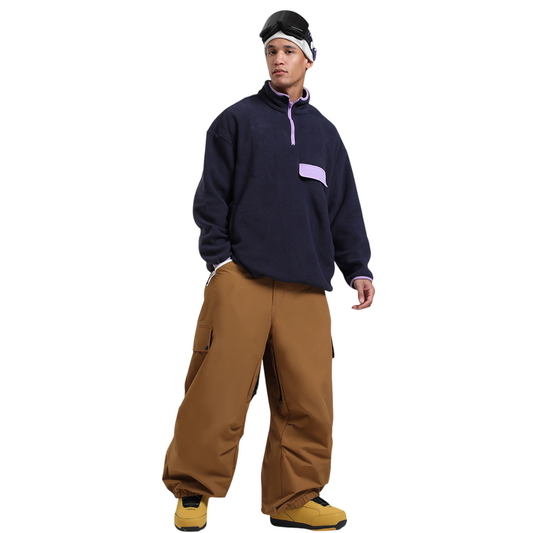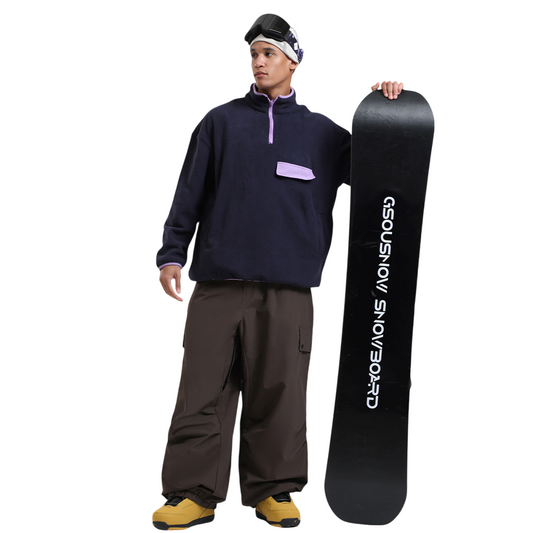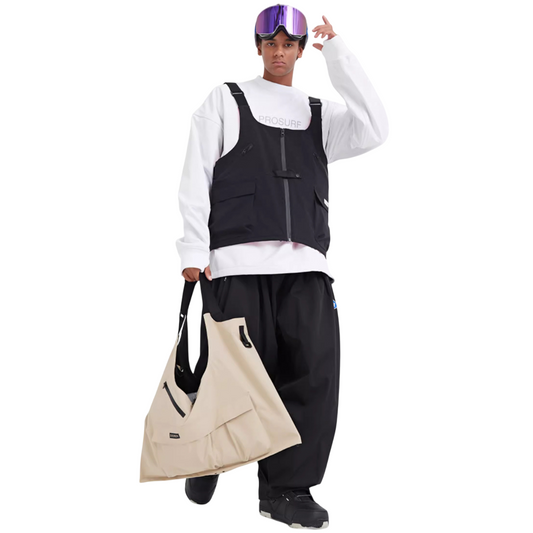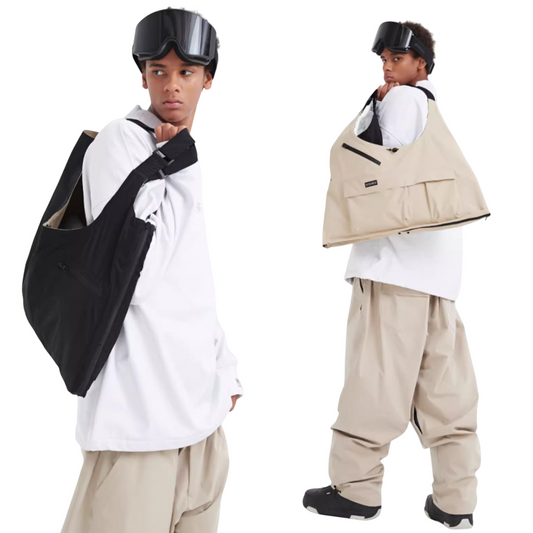Picture yourself planning an Aspen ski vacation. You want to save money and avoid last-minute stress. Booking your ski rentals early ensures you get the best equipment for your winter adventure. Smart travelers use a checklist and select ski trip outfits that suit every vacation need, making each ski trip easy and fun.
Key Takeaways
- Book your ski rentals early to save money and avoid last-minute stress while getting the best equipment for your trip.
- Choose ski outfits that keep you warm, dry, and comfortable by layering properly and selecting gear that fits your activity and weather conditions.
- Use a detailed packing checklist to stay organized and ensure you bring all essential ski gear, clothing, and safety accessories for a smooth and enjoyable vacation.
Why Seasonal Ski Rentals Matter
Benefits of Seasonal Rentals
Cost Savings
You can save a lot of money by choosing seasonal ski rentals instead of daily or weekly options. Calculate your cost-per-use by dividing the season pass price by the number of days you plan to ski. If you ski more than four days, a season pass or seasonal rental usually costs less than buying daily tickets. Many skiers do not realize that after just a few days, the savings add up quickly. The chart below shows how many skiers benefit from season passes compared to daily tickets.

Convenience and Flexibility
Seasonal ski and snowboard equipment rental gives you the freedom to pick up your gear once and keep it for the whole season. You avoid the hassle of waiting in line every time you visit the mountain. You can swap out ski boots or skis if your needs change. This flexibility makes your vacation smoother and lets you focus on enjoying the slopes.
Access to the Latest Equipment
Rental shops update their ski and snowboard gear each year. You get to use the newest models, which are often safer and more comfortable. Well-maintained equipment means you ski with confidence and reduce the risk of injury.
Who Should Consider Seasonal Rentals
You should consider seasonal rentals if you ski often, have a family with growing kids, or want to try skiing without buying expensive gear. Beginners and families benefit most because you can adjust sizes as children grow or as you improve your skills.
What to Rent for a Ski Trip
For your ski vacation, rent skis, ski boots, poles, and a helmet. Most shops offer ski and snowboard gear that fits your needs. Bring your own clothing layers, ski socks, goggles, and snow boots for comfort and safety. A good packing list includes base layers, mid-layers, waterproof jackets, and neck gaiters. Always check that your ski boots fit well to avoid discomfort on the slopes.
SNOWMOCACA Snow Suit and Ski Trip Outfits
SNOWMOCACA Snow Suit Features
When you prepare for a ski trip, you want an outfit that keeps you warm, dry, and comfortable. The SNOWMOCACA Snow Suit stands out because it combines advanced materials with thoughtful design. You get a waterproof shell that blocks snow and wind. The insulation traps heat, so you stay warm even on the coldest winter days. Adjustable cuffs and a snug hood help seal out drafts. You can move freely because the suit uses stretch fabric in key areas. Large pockets give you space for snacks, ski passes, and your phone. The zippers resist water, so your belongings stay dry. You can rely on reinforced knees and a seat for extra durability. This snowsuit helps you focus on skiing, not on your clothing.
Tip: Choose a snow suit with ventilation zippers. You can open them if you get too warm during intense runs.
Choosing the Right Outfit for Skiing
Picking the right ski trip outfits can make a big difference in your performance and comfort. You want to layer your clothing to manage temperature and moisture. Start with a moisture-wicking base layer. Add a warm mid-layer, such as a fleece or light down jacket. Finish with a waterproof ski jacket and ski pants. This system lets you adjust your outfit for skiing as the weather changes.
Experts agree that proper clothing helps your muscles stay warm. Warm muscles work better and help prevent injury. When you wear the right ski trip outfits, you improve your readiness and power on the slopes. Tests show that modern ski outfits, like those with compression or aerodynamic fabrics, can lower your heart rate and help you use less energy. You feel less tired and enjoy your ski day more.
-
Benefits of the right ski trip outfits:
-
Keep your muscles warm for better performance
-
Reduce wind resistance and drag
-
Improve comfort and safety
-
Help you stay dry and regulate body temperature
-
You should always choose an outfit for skiing that matches the conditions. Cold, windy days need more insulation. Warmer, sunny days call for lighter layers. Your ski trip outfits should fit well but allow you to move easily. Avoid cotton, which holds moisture and can make you cold.
2 Piece Ski Suit vs. One Piece
You face a choice between a two-piece ski suit and a one-piece option. Each style has unique benefits. The table below shows how they compare:
|
Ski Suit Type |
User Experience Benefit |
|---|---|
|
One-piece |
Provides superior protection and warmth due to full-body coverage and insulation, ideal for users prioritizing warmth and comprehensive protection. |
|
Two-piece |
Offers greater versatility and layering options, allowing users to adapt to changing weather and personal comfort preferences by mixing and matching layers. |
A one-piece suit covers your whole body. You get maximum warmth and protection from snow and wind. This style works well for very cold winter trips or deep powder days. You do not need to worry about snow getting inside your outfit.
A two-piece suit gives you more flexibility. You can mix different ski jackets and ski pants to match your style or the weather. If you get too warm, you can remove your jacket or open vents. This option works well if you want to adjust your outfit for skiing throughout the day.
Note: Families often choose two-piece suits for kids. You can replace just the ski pants or jacket as children grow.
No matter which style you pick, make sure your outfit fits well and matches your activity level. The right choice helps you enjoy your winter adventure in comfort and style.
How to Arrange Ski Rentals
Where to Rent Ski Gear
You have many options when you need ski gear for your next vacation. Rental shops at ski resorts offer a wide range of choices, from basic sets to high-end performance models. Many shops now let you reserve your equipment rental online before you arrive. This saves you time and guarantees that your gear will be ready. Some services deliver ski gear directly to your hotel or condo, making your trip even easier.
Here is a quick comparison of popular rental services:
|
Service/Location |
Rental Minimum |
Kit Contents |
Available For |
Delivery Method |
Return Method |
|---|---|---|---|---|---|
|
Rent the Runway |
4 or 8 days |
High-end apparel pieces |
Women XS-XXL |
Free 2-day shipping |
Prepaid shipping label |
|
Kit Lender |
3 days |
Full kits: jackets, pants, gloves |
Men, women, youth, toddlers |
Free U.S. delivery |
Prepaid label |
|
Slope Threads |
2 days |
Jacket, pants, gloves, goggles |
All ages, many sizes |
Ship or in-store pickup |
Prepaid label or in-store drop-off |
|
Mountain Threads |
N/A |
Single garments or kits |
All ages, many sizes |
Delivery, shipping, or in-store pickup |
Drop off at the accommodation or in-store |
Many rental shops now offer clothing and accessories, not just skis and snowboards. You can find everything you need for a comfortable day on the mountain.
Tips for Saving Money and Time
You can save money and time by planning your ski equipment rental early. Book your gear online before your vacation. Early reservations often come with discounts and special offers. If you travel with family or friends, look for group rates. Some shops let you swap out gear during the season, which helps if you want to try different skis or if your needs change.
Studies show that skiers have different needs based on their experience and interests. Some focus on fun and safety, while others care about cost or time. You should choose a rental plan that matches your style. If you ski often, a season-long rental gives you the best value. If you only ski once or twice, a short-term rental works well.
Tip: Always check the shop’s return policy. Many shops offer easy returns with prepaid labels or in-store drop-off, so you do not have to worry about extra fees at the end of your trip.
By following these steps, you make your ski vacation smoother and more enjoyable.
Essential Ski Trip Packing

On-Slope Gear
You need the right gear to stay safe and comfortable on the slopes. A complete ski trip packing list helps you avoid forgetting important items. Start with base layers. These keep sweat away from your skin and help you stay warm. Add a mid-layer, such as a fleece or light down jacket, for extra insulation. Finish with a waterproof ski jacket and ski pants to block wind and snow. This system lets you adjust your outfit for changing winter conditions.
Here is a checklist for your on-slope gear:
- Base layers (top and bottom)
- Mid-layer (fleece or insulated jacket)
- Waterproof ski jacket
- Waterproof ski pants
- Ski boots
- Skis or a snowboard
- Ski poles
- Helmet (preferably with MIPS technology)
- Goggles
- Thick ski socks
- Gloves or mittens
- Neck gaiter or balaclava
Rental shops usually provide skis, ski boots, poles, helmets, and sometimes goggles. You should bring your own base layers, ski socks, gloves, and mid-layers for the best fit and comfort. Experts recommend updating your skis and snowboards regularly. Make sure your bindings match your weight and skill level. Always check your equipment before you hit the slopes. Regular maintenance, like tuning your skis and tightening screws, keeps you safe.
Most injuries happen when you fall. To prevent skier’s thumb, let go of your ski pole if you fall. Wrist guards help snowboarders avoid wrist injuries. Helmets protect your head, and knee or elbow pads add extra safety. Sunscreen is important, even in winter, because the sun reflects off the snow.
Tip: Tailor your ski trip packing to the weather and your activity level. Adjust your gear if you expect deep powder, icy slopes, or mild spring skiing.
Après-Ski Clothing
After a long day on the mountain, you want to relax in comfort and style. Modern après-ski clothing blends fashion with function. Choose warm, cozy layers that you can wear indoors or outside. Fleece pullovers, insulated vests, and soft sweaters keep you warm. Jeans or leggings work well for casual settings. Waterproof boots protect your feet from slush and snow.
Recent trends show that more people want stylish and practical après-ski outfits. Advances in fabric technology mean you can find clothing that looks good and keeps you warm. Many brands now offer eco-friendly options, which appeal to skiers who care about the environment. Women’s ski and snowboard clothing has become more fashionable, with bold colors and modern designs. Online stores make it easy to find the latest styles.
Note: Bring a change of socks and a dry shirt for après-ski activities. You will feel more comfortable after a day in winter weather.
Accessories and Safety
Accessories and safety gear complete your ski trip packing. These items protect you from injury and make your trip more enjoyable. Essential accessories include:
- Ski gloves or mittens (waterproof and insulated)
- Beanie or winter hat
- Face covering or mask
- Sunglasses for sunny days
- Sunscreen and lip balm with SPF
- Hand and toe warmers
- Backpack for snacks, water, and extra layers
- Snow boots for walking around the resort
Safety equipment matters. Most skiers now choose helmets with advanced features like MIPS for better protection. Back protectors and padded shorts help prevent injuries during falls. Wrist guards are a must for snowboarders. Many skiers invest in airbags, which can reduce injury rates by half during avalanches or hard falls. Consumers often pick higher-priced models with better safety features, especially in regions with strict safety standards.
A good ski trip packing list includes both rented and personal items. Rental shops supply skis, ski boots, poles, helmets, and sometimes goggles. You should buy or bring your own base layers, gloves, socks, and cold-weather clothing. This approach ensures a comfortable fit and better hygiene.
Callout: Nearly 60% of skiers say safety is their top priority. Investing in quality safety gear gives you peace of mind on your winter adventure.
Packing Tips for Ski Trips
Efficient Packing Strategies
You can make a ski trip packing much easier with a few smart strategies. Professional organizers suggest using packing bags to keep your suitcase neat and save space. Compression and vacuum bags shrink bulky winter jackets and pants, so you fit more in your luggage. These bags also help you separate clean and dirty clothes during your vacation. Tech storage bags protect your electronics and keep cords from tangling. Cosmetic bags with waterproof exteriors keep your toiletries safe from spills. Jewelry organizers prevent tangling and damage. Heavy-duty storage bags work well for ski boots or outdoor gear, especially if you want extra protection from snow and moisture.
Tip: Roll your clothes instead of folding them. This method saves space and helps prevent wrinkles in your ski trip packing.
Weather and Destination Considerations
You should always check the weather before you start packing for a ski vacation. Long-term snowfall forecasts from NOAA help you pick the best region for powder skiing. Base snow depth at your chosen ski resort matters, especially early or late in the winter season. This information helps you decide what type of gear to bring. Short-term 7-day weather forecasts let you adjust your ski trip packing list for changing conditions. Always pack your essential ski gear and clothing in your carry-on bag. Lost luggage can ruin a winter vacation, so keep your most important items with you.
- Use long-term forecasts to choose your ski destination.
- Check the base snow depth to make sure the resort has enough snow.
- Review short-term weather updates before you leave.
- Pack your ski essentials in your carry-on for safety.
Note: Weather can change quickly in the mountains. Flexible ski trip packing helps you stay comfortable and ready for any winter adventure.
Special Tips for Families and Beginners
Kids’ Ski Outfits
Choosing the right outfit for your child can make a big difference on your ski vacation. You want to keep kids warm, safe, and comfortable in changing weather. Market research shows that families now spend more on kids’ ski trip outfits, especially as more children join ski schools and family trips. Parents look for jackets with strong insulation and waterproof features. These jackets protect against wind and snow, which is important for young skiers.
You can find ski trip outfits with advanced insulation and breathable fabrics. These materials help your child stay warm without overheating. Many brands now use sustainable materials, like recycled fabrics, which appeal to families who care about the environment. Specialty stores offer personal advice and unique collections, making it easier to find the perfect outfit. Online shopping and virtual sizing tools help you pick the right size from home.
- Look for jackets, pants, and suits with waterproof and insulated features.
- Choose outfits with adjustable cuffs and hoods for a better fit.
- Consider sustainable and ethical options for your child’s ski trip outfits.
Tip: Always check the weather before your trip. Adapt your child’s outfit to match the forecast for the best comfort and safety.
Advice for First-Time Skiers
If you are new to skiing, you can make your first day easier by following a few expert tips. Arrive early at the resort. This gives you time to get comfortable, sort your gear, and take a lesson. Professional instruction helps you learn the basics and stay safe on the slopes.
- Dress in layers. Start with a base layer to wick sweat, add a mid layer for warmth, and finish with a waterproof outer layer.
- Rent your equipment. This lets you try skiing before you buy your own gear.
- Stay hydrated and bring snacks. You need energy for a full day on the mountain.
- Choose a resort with good beginner lessons and easy trails. Green circle trails are best for learning.
- Avoid pushing yourself too hard. Take breaks and build your confidence step by step.
Note: Always sign up for a lesson with a certified instructor. Learning the right technique from the start helps you enjoy skiing and avoid injuries.
Downloadable Ski Trip Checklist
A well-organized ski trip packing list helps you prepare for any winter adventure. Many travelers say that a checklist saves time and reduces stress. You can avoid forgetting important items and feel confident that you have everything you need. Companies like Open Snow have shown that direct user feedback and early engagement prove the value of planning tools. When people use and pay for these resources, it shows that checklists make a real difference.
You can use the checklist below to guide your packing. Please print it out or save it on your phone for easy access.
-
Clothing
-
Base layers (top and bottom)
-
Mid-layer (fleece or light jacket)
-
Waterproof ski jacket
-
Waterproof ski pants
-
Ski socks (multiple pairs)
-
Gloves or mittens
-
Neck gaiter or balaclava
-
Beanie or winter hat
-
-
Ski Gear
-
Skis or a snowboard
-
Ski boots
-
Poles
-
Helmet
-
Goggles
-
-
Accessories
-
Sunglasses
-
Sunscreen and lip balm
-
Hand and toe warmers
-
Backpack for snacks and water
-
-
Après-Ski
-
Comfortable shoes or snow boots
-
Casual clothes for evenings
-
Extra socks and underwear
-
Tip: Check off each item as you pack. This simple step keeps you organized and ready for the slopes.
A checklist like this gives you peace of mind. You spend less time worrying and more time enjoying your trip.
You can make your next vacation simple and stress-free. Book your rentals early, choose smart outfits, and use a checklist. These steps help you enjoy every ski trip. Start planning your vacation today. Visit our site to shop SNOWMOCACA Snow Suit.
FAQ
What are the main benefits of choosing seasonal ski rentals over daily rentals?
You save money, avoid repeated trips to the shop, and use the latest equipment. Seasonal rentals work best if you ski often or have growing kids.
Who should consider getting a seasonal ski rental?
You should consider seasonal rentals if you plan to ski several times, have children who outgrow gear quickly, or want to try skiing before buying equipment.
What ski gear should you rent, and what should you bring?
You should rent skis, boots, poles, and a helmet. Bring your own base layers, gloves, socks, and goggles for comfort and hygiene.










